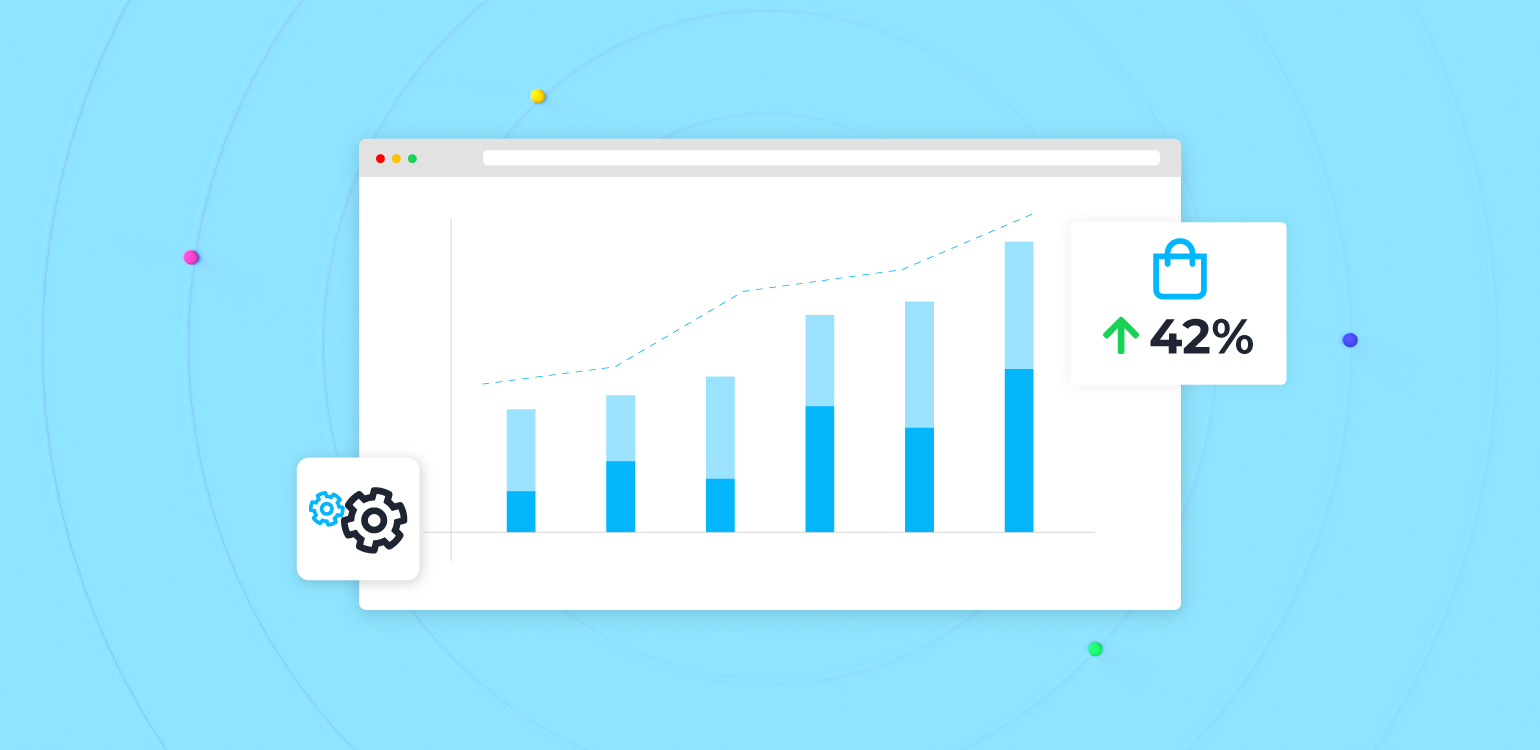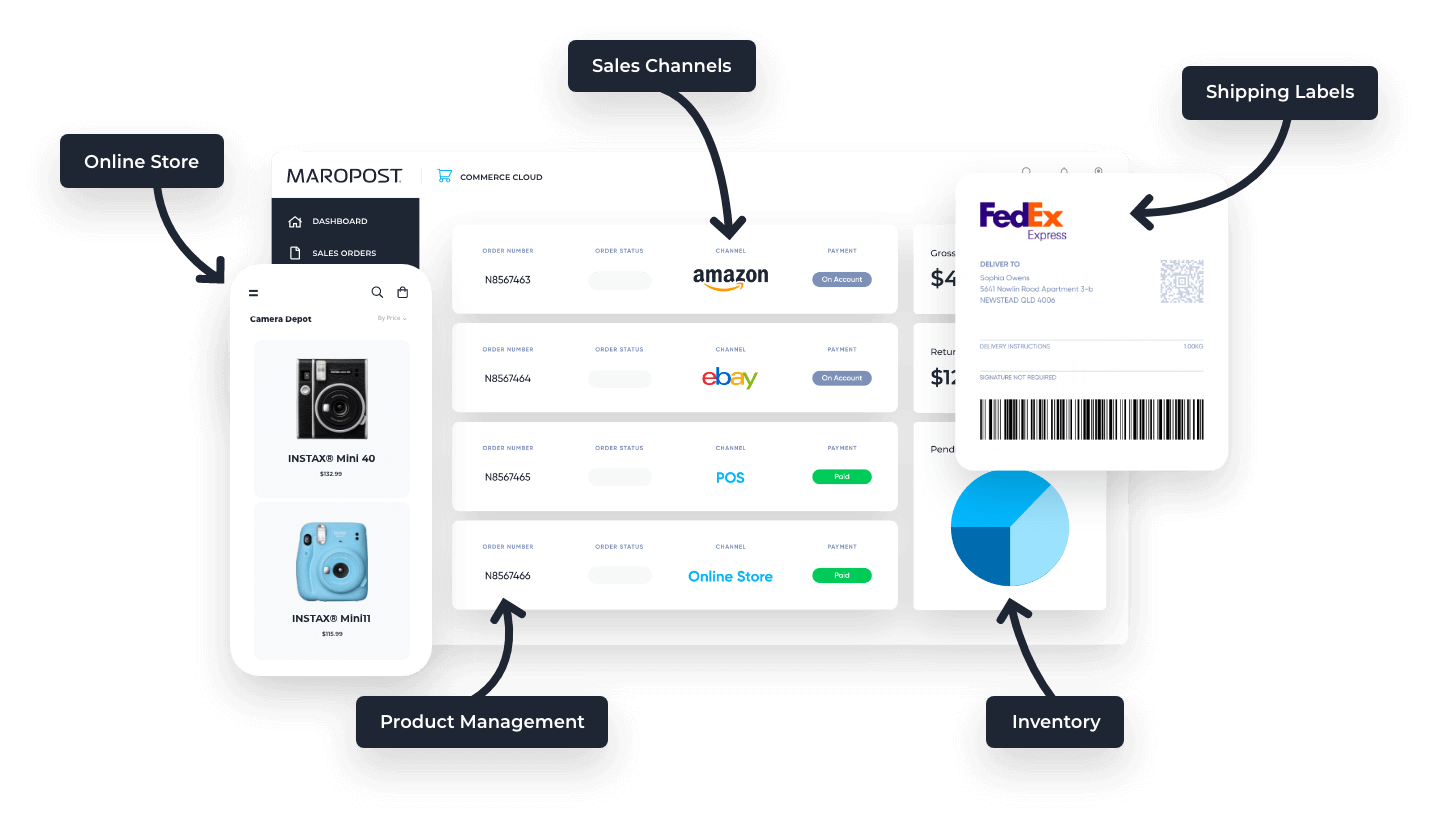It is always a great feeling when an ecommerce business begins to thrive. You’ve probably been there yourself; when your customer base started expanding rapidly and your profit soaring like never before, you became overjoyed and can’t help but check your figures almost every second.
“All my efforts are finally beginning to pay off”, you said to yourself. Amazing thrill!
Unfortunately, the joy was short-lived as everything became a nightmare very fast. And that’s quite understandable. More customers meant more responsibilities; more responsibilities meant more time, and time is a very limited resource. So, you find yourself working round the clock and to worsen it all, your profit hits a plateau no matter how hard you try.
This is not an experience peculiar to you by the way. Many ecommerce store owners are in this same shoes as well.
But the good news is, in today’s blog post we will be sharing 10 ways you can leverage ecommerce marketing automation so you can have more time for yourself and more importantly boost your sales revenue:
- Follow up on Customers with Triggered Emails
- Multi-channel Marketing Tracking and Optimization
- Up-sell and Cross-sell Effectively
- Nurture Leads and boost Conversion
- Automate Your Landing Page Creation
- Identify Sales-Ready Prospects with Lead Scoring
- Win Back Inactive Customers with Automated re-engagement
- Boost Engagement with Chatbot Automation
- Optimize Your Workflow
- Improve Your Checkout Process
1. Follow up on Customers with Triggered Emails
Once a shopper expresses interest in any of your products especially on your ecommerce website, you have to sustain that interest till it results in sales. An effective ecommerce marketing automation strategy to use is triggered emails.
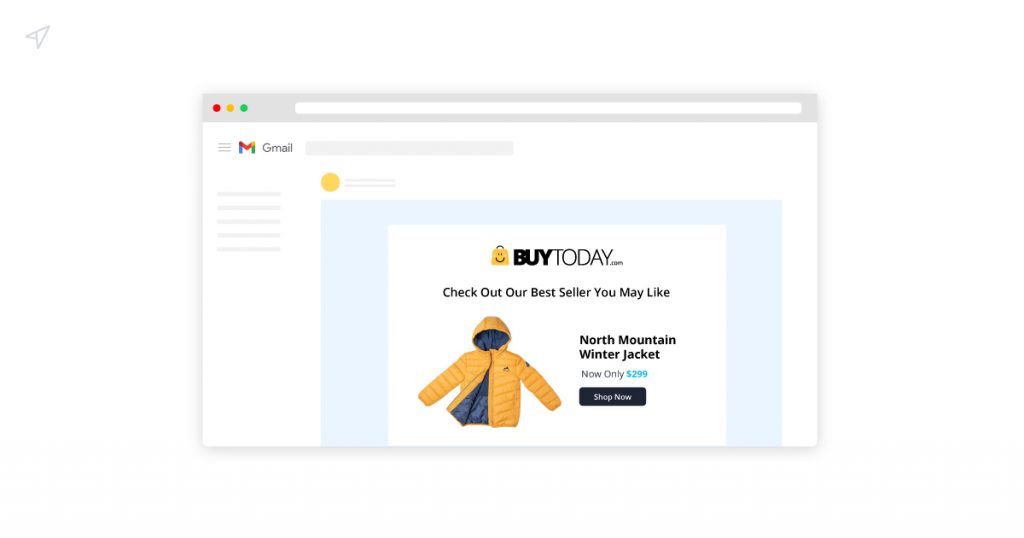
Triggered emails are automated emails sent to customers based on a predefined set of behaviours. And since they are sent as a result of customer’s action, they tend to perform better than other types of ecommerce emails.
Just be sure to ensure the content of your trigger emails are well-crafted and persuasive enough to inspire action, then you can sit back and see your ecommerce sales conversion rate jump.
2. Multi-channel Marketing Tracking and Optimization
In your efforts to get customers to buy from your ecommerce brand, you will most likely be using multiple marketing channels (Facebook, google search, twitter, display ads, email marketing etc) and rightly so, because multiple touch points are necessary for ecommerce sales conversion. The problem however, is that it might become time-consuming managing each channel individually.
With ecommerce marketing automation tools, you can easily coordinate how your marketing messages are sent out via these channels and track your customers’ behaviour after they receive them. You can also then optimize each channel based on the feedback you get thereby saving your business time and money.
3. Up-sell and Cross-sell Effectively
In today’s world, successful ecommerce businesses are built on data and one of the most important – probably the most important – benefits of using ecommerce marketing automation tools is the solid insight into customer behaviour that they provide. You can take advantage of this to effectively up-sell and cross-sell your customers through inbound marketing notification and/or emails.
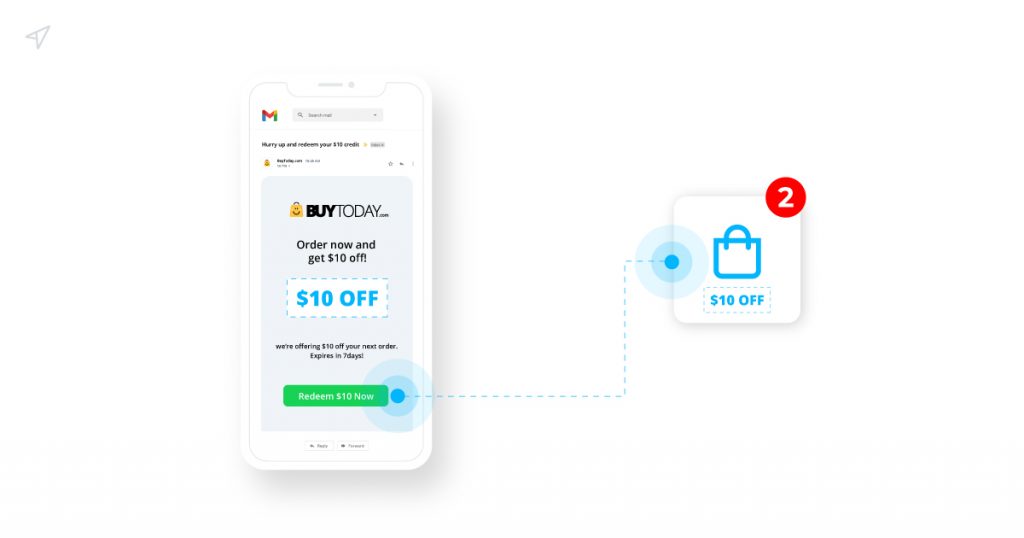
For instance, if a customer orders a product, you can send them a coupon code that offers free shipping if they buy a complementary product. Add a timer to the offer so they can act fast, then watch how your sales revenue goes up fast.
4. Nurture leads and boosts conversion
Lead nurturing can be a long journey sometimes even in the ecommerce space. In a perfect world, you’d expect a shopper to just order a product they like the first time they come across it. But that’s seldom the reality of things.
Many times, you have to gently and consistently urge them without being salesy until they become ready. The process usually involves that you segment them based on the information they’ve given, send them content via different channels like email to educate, interact with them on social media etc
Basically, you want to keep your ecommerce brand in their faces and the most effective way to do this is through ecommerce marketing automation because the tasks involved are often repetitive yet very key to sales conversion.
5. Automate your Landing Page Creation
Your landing page is usually the first impression new prospects have of your ecommerce brand, especially when you get them through paid traffic. So, you want to make sure the page has high usability, effectiveness and conversion rate.
A simple way to do this is to analyse the page using ecommerce marketing automation to see how long visitors stay on the page, what buttons they click on and then optimize accordingly.
After you’ve found the best performing page following the optimization process, you can then use ecommerce landing page automation to duplicate the page to match your different ad campaigns and keywords for improved sales conversion.
A note of warning here: Make sure you include a meta tag to tell search engines not to index your automated landing page else it will cause your ecommerce website to be blacklist. For the same reason, do not use automation to create pages you want to rank on search engines.
Use automated page creation for paid traffic only.
6. Identify sales-ready Prospects with Lead Scoring
Customers are usually turned off by aggressive sales techniques like spam emails, cold calling etc. because they are obtrusive and as a result, yield little or no result. To avoid this, you can adopt an ecommerce marketing automation strategy called lead scoring.
Lead scoring is simply the assigning of numbers (scores) to prospects based on their identities, attributes and actions on your ecommerce website. The goal of which is to ascertain prospects that are “ripe” for sales so your sales team can convert them because the truth is, all prospects are not equal and you don’t want your sales team to be on a wild-goose chase.
7. Win back inactive customers with automated re-engagement
10% to 25% of your email list becomes inactive every year, not because they unsubscribed – they just stopped engaging you. Every online store owner knows that it is cheaper to re-engage an inactive shopper than it is to acquire a new one.
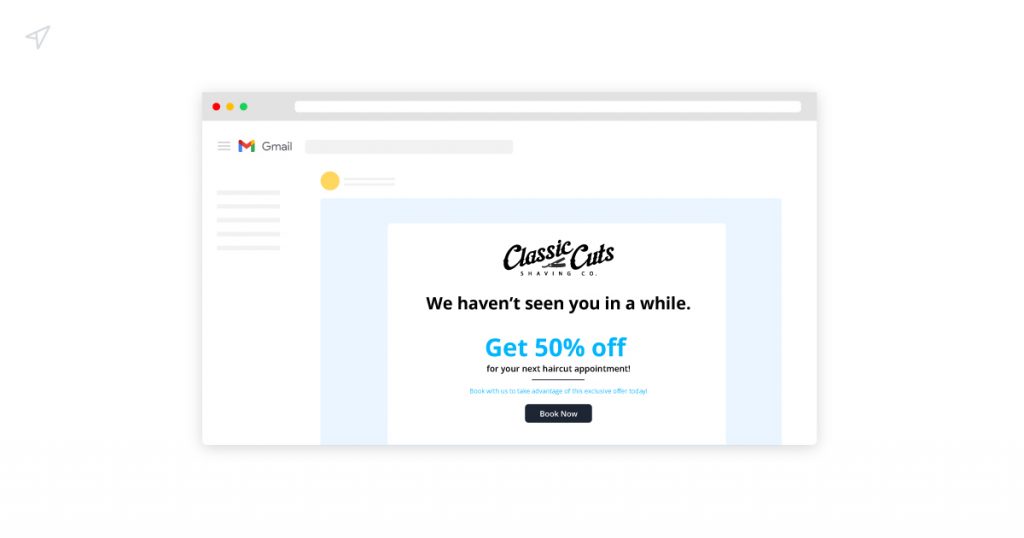
So, most ecommerce brands will usually send a “we want you back” email and hope they get a response but that often yields poor results. You need to give people reasons to stick around and a single mail just won’t cut it. An automated email sequence however gives better results because you don’t have to cram too much information in an email thereby overwhelming them.
8. Boost engagement with Chatbot automation
Most people are aware of the use of chatbot for customer support but only few know that they can boost engagement and revenue too, especially if your ecommerce brand targets the Generation Z. Gen Z members are not used to emails like the older generations.
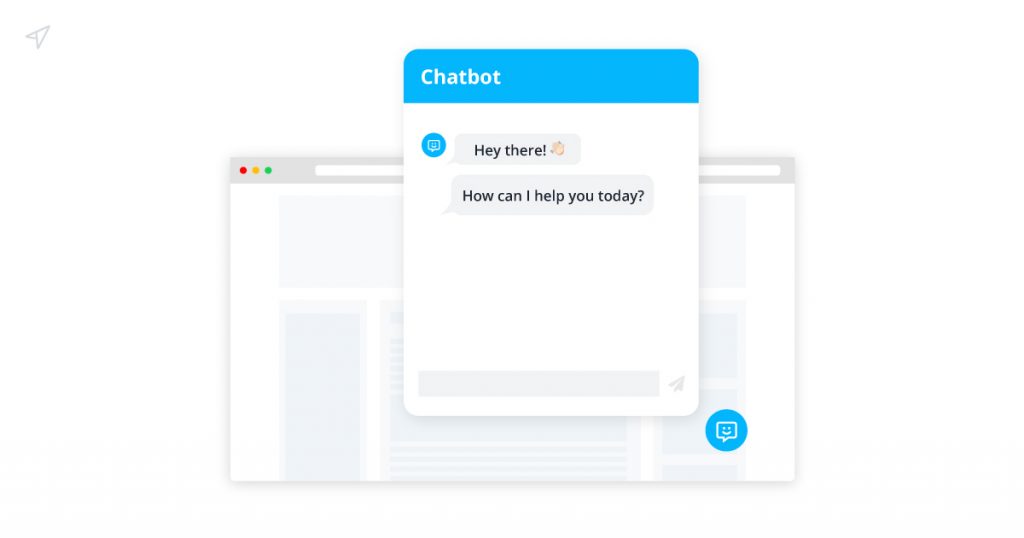
In fact, they are 3 times more likely to open a chat message than open an email. So, you will get better results when you use chatbot for your lead generation, surveys, polls, sales assistance etc
9. Optimize your workflow
A successful ecommerce marketing automation system is built upon real relationships with your shoppers. That means every of your content must resonate with them every step of the way and that goes beyond just using their first name. It also means optimizing your workflow per different segments of your audience.
So, you’ll need to build parallel messaging paths and test variations of your workflows to find out the combination that yields the best results.
10. Improve your checkout process
Use ecommerce automation to make your checkout process smoother by integrating a progress indicator at the bottom especially when you use a multi-step checkout process.
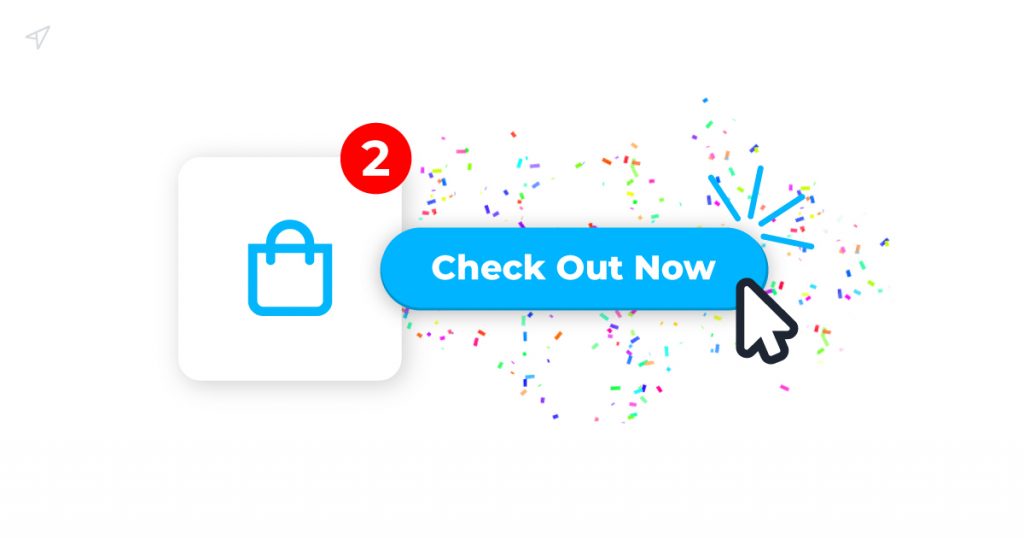
This will give the customer a quick overview of the process and help them see their progress hence reducing cart abandonment. Also allowing customers to sign up by connecting through social media accounts will help you convert more first-time visitors.
Conclusion
Ecommerce marketing automation is hard to ignore considering the rate at which the ecommerce industry is growing. Already almost 50% of companies are already using it. So, if you are not harnessing marketing automation right now, you’re probably late to the party. But as the saying goes, better late than never.
Regardless of the size of your ecommerce brand you can benefit from ecommerce marketing automation. Book a call with us today and let an expert guide you through.
Need to chat about your marketing automation strategy?
More than 10,000 marketers use Maropost to engage with their prospects and customers through emails, SMS, social media and more. We’re here to help you growing your business!
Chat Now
